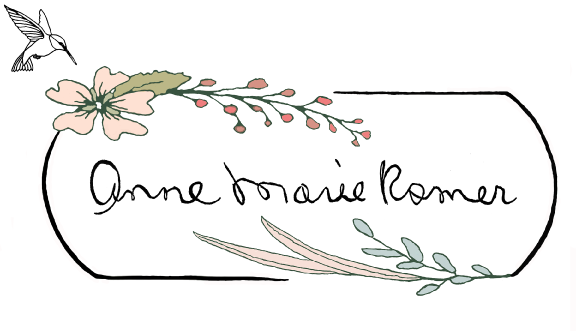Hope Squad
Since the death of a second brother to suicide almost 10 years ago, I have found myself part of a club I never wished to join. As one of too many trying to navigate the world of suicide, reconciling this unique grief hasn’t been easy. I’ve found comfort in becoming involved with others who share similar loss and seek ways for good to rise from sorrow. Helping others open the deep crevices of soul pain and shed light on their hidden aches is the goal; but far from easy.
I’ve come to understand the best chance we have to tackle the pandemic of suicide is to reach the young among us who are still permeable to the fact that darkness doesn’t have to have the last word. Struggling with despair can actually connect us; hurts can be understood and healed though sharing, and working towards a path of illumination and acceptance is always easier with others. Fortunately, the gift of being young offers the opportunity to shift the trajectory of isolation. Teens and young adults are porous when given the opportunity to be heard, to be seen, and to know acceptance despite the jagged stories of their young lives.
Suicide is the leading cause of death of youth between the ages of 10 and 19. Think about it. The statistics are sobering make our hearts hurt.
Enter Hope Squad.
Hope Squad is a national peer to peer suicide prevention program. The program aims to reduce youth suicide through education, training, and peer intervention. Over 1200 schools nationwide and in Canada have established the presence of a Hope Squad which is designed to bring educators, mental health experts and coached students together with the goal to support fellow students who struggle. Hope “Squaders” are chosen for their capacity to be accepting, empathetic, and willing to help reduce the stigma of mental health struggles. These team members are nominated by classmates and then complete a training program given by advisors.
I had the opportunity recently to spend some time with local Hope Squad teens from area High Schools. I asked them how prevalent worrisome depression was among their peers. Without pause, they confirmed the vastness of the problem of sorrow that plagues their colleagues. They talked about the presence of bullying, the hurt generated from social media, and the surety that many among them struggle with mental wellness. They went on to say that given a safe and compassionate environment, these troubled teens are more inclined to share their burden with peers rather than adults. That willingness, they’ve witnessed, can lead the way towards a new day.
Hope Squad aims to relieve the pressure cooker of youth mental illness struggles from the inside out. Becoming lost amidst the unique challenges of middle and high school is something I think we can all relate to which makes me even more in awe of those who wish to make a difference. Hope Squaders walk among their friends, offering a safe and compassionate presence between classroom desks and hallway lockers where illumination and clarity can help change the narrative of one’s story to include a bridge towards tomorrow.
For my brothers, by the time they chose to end their lives, the seeds of despair were buried too deep in their soul. I really don’t believe anyone or anything could have helped them pivot towards hope. It was too late. It pains me to think about it, but we are in the possibility of a new day. As I left my time with these remarkable Hope Squaders, I told them the world needs them. The extension of their compassionate arms to embrace the pained among them is nothing short of remarkable. I can only imagine the multitude of others, rising in hope, are cheering them on.
